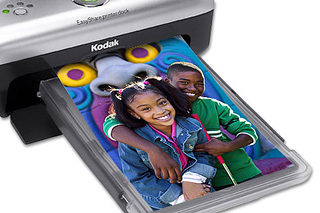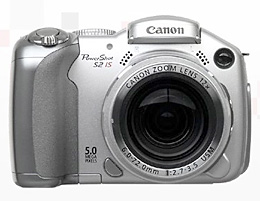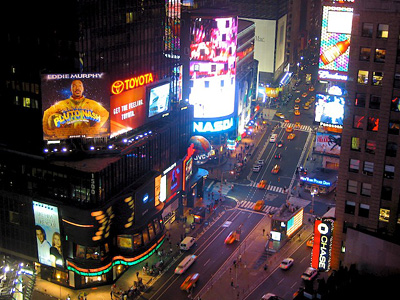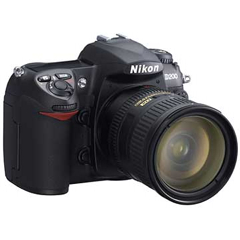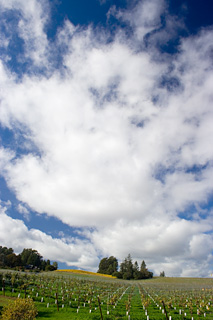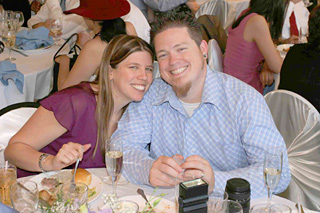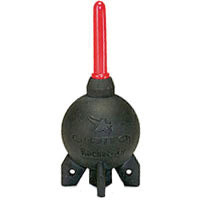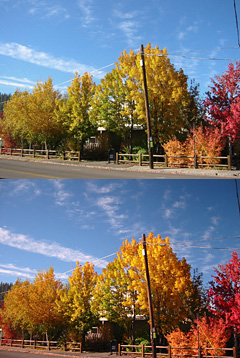
Top photo recorded with a compact digicam and no filter. Bottom image captured using sunglasses as a polarizing filter...
Most of us don't carry all of our photo accessories when we're on the go with our compact camera. But, if you have a quality pair of polarizing sunglasses, you can use them as a polarizing filter in a pinch.
The top image was taken without any filter. Good color, for sure, but I really wanted more intensity in the foliage and sky. So I placed one side of my polarizing sunglasses right up against the camera lens and recorded another image. The polarizing effect of the sunglasses deepened the blue sky, gave the clouds a little more "snap," and saturated the colors of the trees.
Keep this tip mind the next time you're out shooting grab shots with your compact camera. You might be surprised by the results.
Technorati Tags: photography, technique, tips
